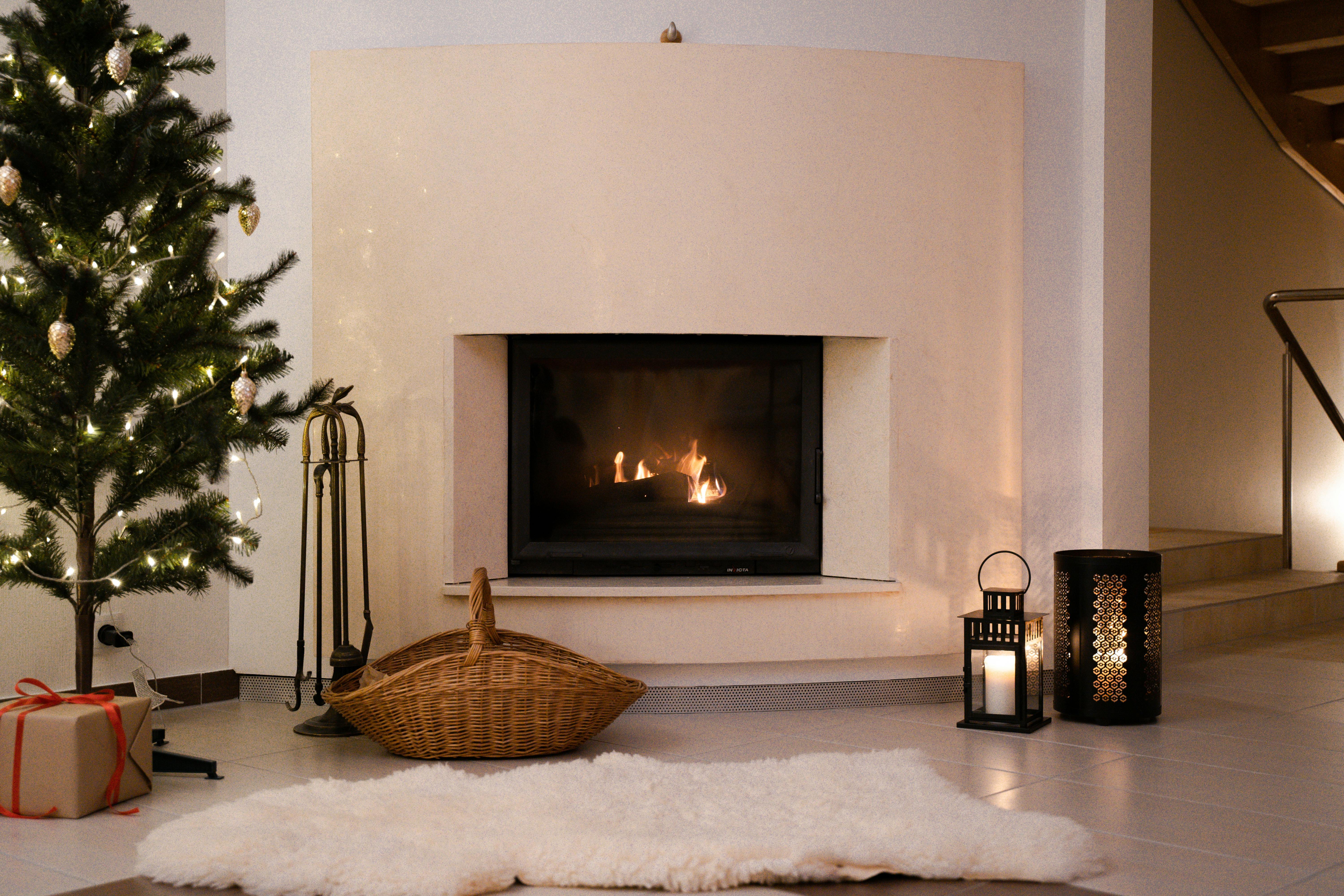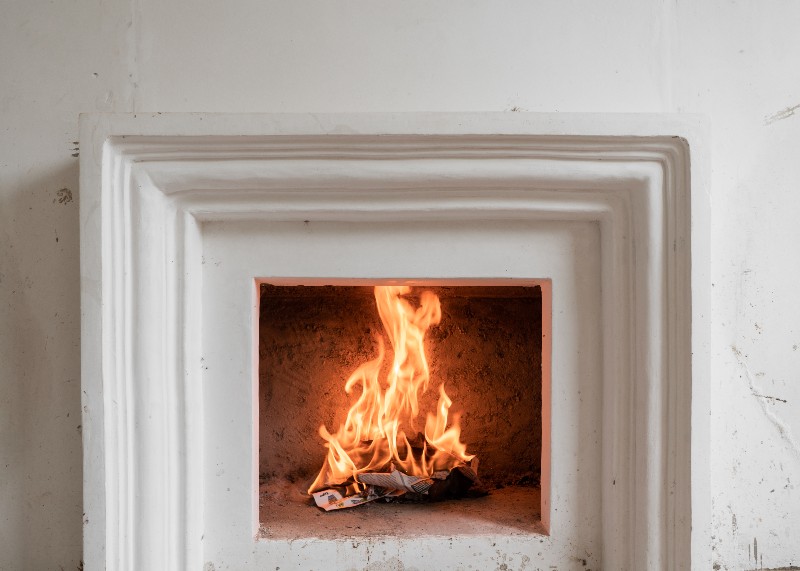Despite the advent of more high-tech appliances for house heating that we’ve seen in the past century or so, the classic fireplace continues to hold its ground as one of the most popular domestic choices for heat sources.
Fireplaces embody warmth, safety, and beauty—often the reason behind why you are likely to find one located focally in one of the most frequented rooms in a house, the living room. Not only are fireplaces superior in terms of functionality, but they also serve as a great piece of home décor.
Historically, human beings have always used fire as one of their main energy resources. Prehistoric “fireplaces” consisted of fire pits dug into the middle of a cave or other dwellings. However, the fireplace as we know it originated in northern Europe during the Middle Ages, around the 11th or 12th century, when the first chimney was invented.
Back then, the fireplace was a necessity in that it was used not only for heating but also cooking, baking, and as an important requirement for public gatherings.
Components of a Fireplace
The description of the modern-day fireplace model cannot be limited to a single version; however, there remain a few essential components that are fundamental to every fireplace system.
1. The Firebox
The innermost encasing connected to the chimney, the firebox is the area that contains the fire, or alternatively, burns an energy resource which is wood, coal, or something else.
Additionally, the flooring of a fireplace is known as the hearth, on top of which a firebox is placed.
2. The Chimney System
The flue pipe and chimney are structures that serve as points of contact to the outside and are essentially passageways that lead smoke and other combustion by products safely out of the house. Moreover, the chimney system allows for proper ventilation since fire requires adequate oxygen to burn.
At the base of the chimney is a structure called the damper, which can be opened or closed much like a lid to either allow air or stop its entry into the house. On the opposite end, the chimney cap serves the same function of protecting you from outside weather on top of preventing animal invasion.
3. Fireplace Tools
Although not the main components, fireplace tools are secondary in importance for maintaining a fireplace. This category includes shovels, tongs, a poker, etc. The equipment helps in the building up a fire and then for fireplace cleaning later on.
The Different Types of Fireplaces
Fireplaces can be categorized in two major ways: based on the fuel they use and difference in design. Popular choices for fireplace fuel are wood, gas, electricity, and ethanol.
Wood is the most commonly used fireplace fuel. However, wood also leaves behind considerable combustion remnants in the form of soot & creosote that may require professional chimney cleaners to clean up.
Gas is a more energy-efficient alternative to wood, but it also poses a risk of carbon monoxide poisoning if not vented out properly. Electricity is one more energy option that can be quite cost-effective.
There are many existing variations of a fireplace when it comes to design.

1. Built-in Inserts
An alternative to wood fuel is using a gas fireplace insert. This design allows you to keep the traditional fireplace style while having a more energy-efficient system in place.
2. Open Hearth
A traditional model, an open-hearth fireplace does not have its fire enclosed or sealed inside a casing. For ventilation, the classic flue pipe and chimney are used as outlets for combustion byproducts.
3. Wall-Mounted
A contemporary take on the traditional fireplace, a wall-mounted design consists of the fireplace installed into a wall. Although powered by electricity, it mimics the flames of a fire for a close-to-natural experience.
4. Wood-Burning Stoves
A compact variation of a fireplace, a stove encloses the fire and is made of cast iron or metal. In comparison to open-hearth fireplaces, wood-burning stoves have more heat output.
About The Author
The author is a professional masonry contractor from Creative Masonry & Chimney, Connecticut’s multi-solution masonry service. Since the company’s inception over two decades ago, Creative Masonry & Chimney have garnered a stellar reputation of being leading experts in various chimney-related areas, including chimney repair, chimney rebuilding, fireplace remodeling & building waterproofing—to only name a few.



